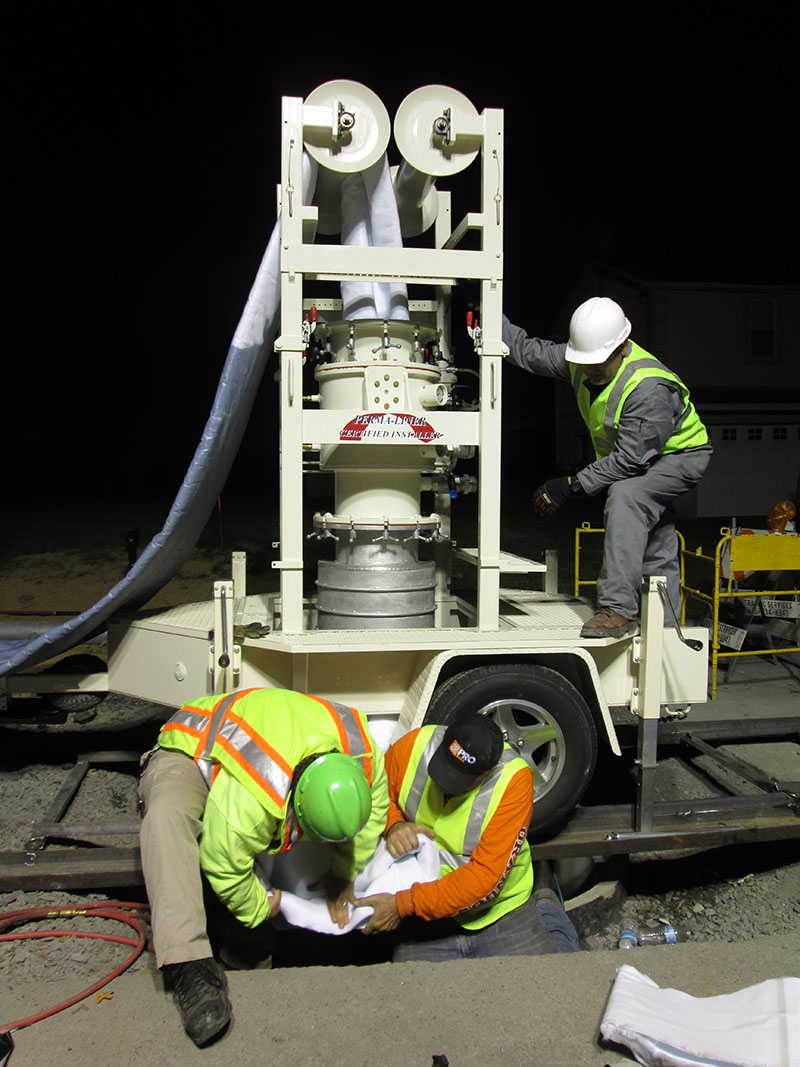There are many variables threatening America’s water from pollution issues and aging infrastructure to raising costs and droughts and rainfall patterns as the climate changes. The U.S. used to be a leader when it came to water infrastructure and management. Now, the U.S. is lagging behind receiving D ratings for dams, drinking water and wastewater. It’s time to start focuses on possible solutions to curb these issues – the U.S. can get A ratings and below are some of the solutions that may get the nation where it needs to be.
It starts with creating a national-level governance. Water technically has no boundaries and is very good at sometimes ignoring the municipal boundaries it does have. So what does this mean? One town’s water use or sewage can affect other cities or states that rely on the same water supply. That’s why many countries have a national water authority or commission that oversees water management across the country. The U.S. does not and we’re exactly the opposite. Our nation’s water supply is managed by individual municipalities each doing their own thing. This creates numerous hurdles to climb and makes it difficult to initiate and complete regional projects.
To do almost anything, there needs to be a budget and that’s the case with water infrastructure. The government spends only two percent of its GDP on infrastructure, and water infrastructure makes up just a part of that. The U.S. is spending less than Vietnam, Mexico, and Chile. If the U.S. wants nice things, like a water infrastructure that does not fail us, then the U.S. has to be willing to pay for them.
One possible solution that most do not consider is the private investor sector. Many investors are interested in investing in water-related issues, but they want to know more about the social and environmental effects their investments will have. The problem is that there are a lot of inconsistencies in how companies report these estimates. It has been suggested that investors, academics and regulators need to team up to create a standardized system of evaluating the impacts of sustainable investments. Another challenge is getting investors to understand how complex and important water is, since it affects agriculture and many other business sectors. Investors want to know the bottom line and with more impactful measurements and numbers, this should make it easier for private investors to contribute.
As the climate changes, so will the needs of humans. Changes in heat, humidity and rainfall patterns are going to shape where we live, grow food and produce energy. It’s important to monitor the trends of our nation’s water infrastructure and the trends of the climate so the U.S. and its residents continue having the water supply they need to survive.










